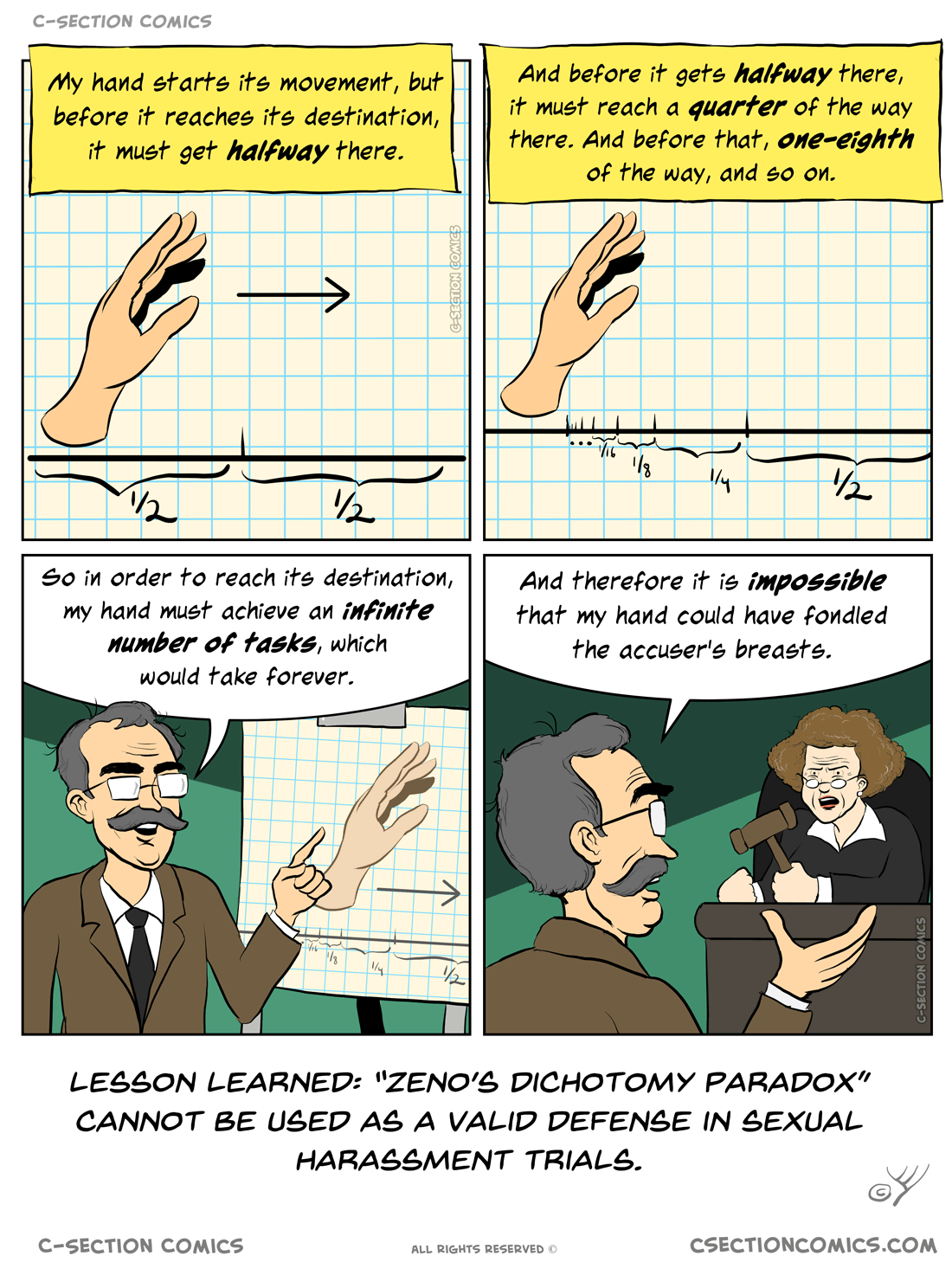this post was submitted on 05 Apr 2024
516 points (96.6% liked)
Comic Strips
16102 readers
3466 users here now
Comic Strips is a community for those who love comic stories.
The rules are simple:
- The post can be a single image, an image gallery, or a link to a specific comic hosted on another site (the author's website, for instance).
- The comic must be a complete story.
- If it is an external link, it must be to a specific story, not to the root of the site.
- You may post comics from others or your own.
- If you are posting a comic of your own, a maximum of one per week is allowed (I know, your comics are great, but this rule helps avoid spam).
- The comic can be in any language, but if it's not in English, OP must include an English translation in the post's 'body' field (note: you don't need to select a specific language when posting a comic).
- Politeness.
- Adult content is not allowed. This community aims to be fun for people of all ages.
Web of links
- [email protected]: "I use Arch btw"
- [email protected]: memes (you don't say!)
founded 2 years ago
MODERATORS
you are viewing a single comment's thread
view the rest of the comments
view the rest of the comments

Your proof assumes a non-quantum universe. As soon as time become quantized, you actually do have a minimum finite time step, at which point any observed object by necessity must be at rest. This (well, something to this effect) has been proved by experimental data, however it's currently unclear if this quantization is related to our methods of observation or an actual characteristic of time.
Yes, but if the universe is quantum, then there also exists a minimum finite space step. So the fractions never get infinitely small. So you either stop moving in which case of course you never reach the destination; you stopped before you did. OR you take an extra step and surpass your distance by a negligible amount which means you did move all the way.
So even in a quantized universe, the paradox is still false right?
Well, no — if anything you've proven it. The paradox was originally that all objects must be at rest regardless of observed movement, infinitesimality was just the quickest way for ancient Greeks to conceptualize it.
Experimentally, we've observed† that it is possible to "freeze" time for a quantum particle if you measure it before the wave function has the time to fully transition from "origin" to "target" when no intermediary states exist between††, i.e. a quantum object "in movement" stays at rest until one "time-step" passes, at which point it imediately exists at the next point towards the target, where it remains at rest until the next time-step. If you measure the object "between" time-steps, its position will be at the origin point, but because we've now collapsed the wave function, that position is manifested as reality and no other possibilities exist. As a result, a new time-step must pass before it can move — yet, if we measure again, the same observation will be repeated, so the wave function never gets to the target, even though we have declared that the wave function (and therefore the particle) is moving from origin to target.
That's the kind of fuckery we signed up for when physicists discovered the wave-particle duality
† (potentially, there are competing hypothesis)
†† By necessity, a quantized number line follows this condition